
Last year the only known wild jaguar in the United States was captured in a trap and euthanized by Arizona Wildlife authorities. The death of this big cat, called Macho-B, triggered a federal investigation that found violations of the procedures that are meant to protect endangered species.
But at the heart of this case are a number of federal wildlife protections that were tossed out in favor of the “
Secure Fence Act.” In this edition of the
This American Land we take look at the ecological impact of a 600-mile barrier along the Mexican boarder. Ostensibly to keep immigrants from illegally entering the U.S. this border fence is also preventing the migration of several animal species.
“Our jaguars here depend on a source population in Mexico that are dispersing up to the United States looking for habitat, looking for mates, looking to establish new territories,” said Randy Serraglio of the
Center for Biological Diversity. “And if they can’t get through that border wall, they’re not gonna come here.”



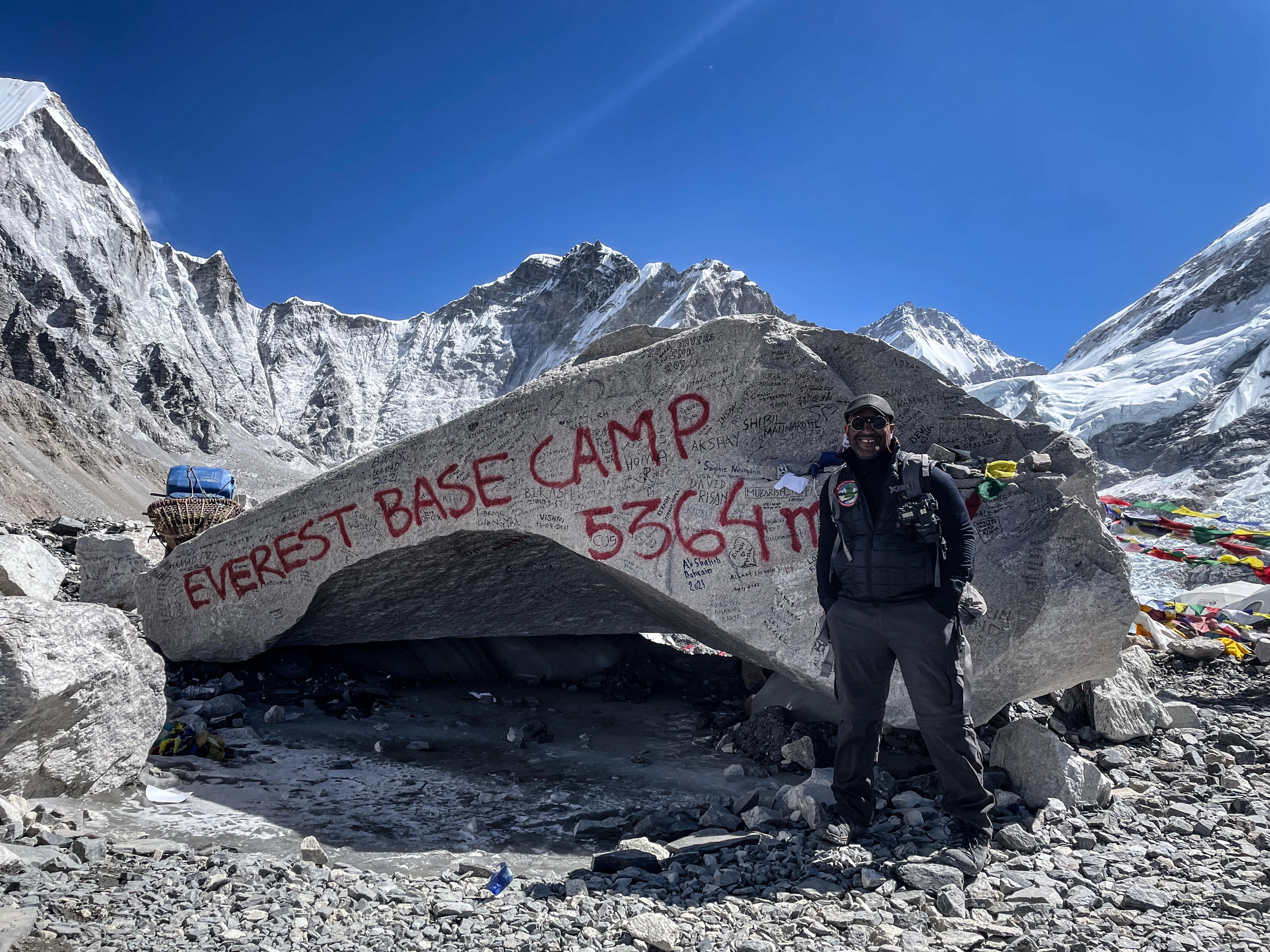

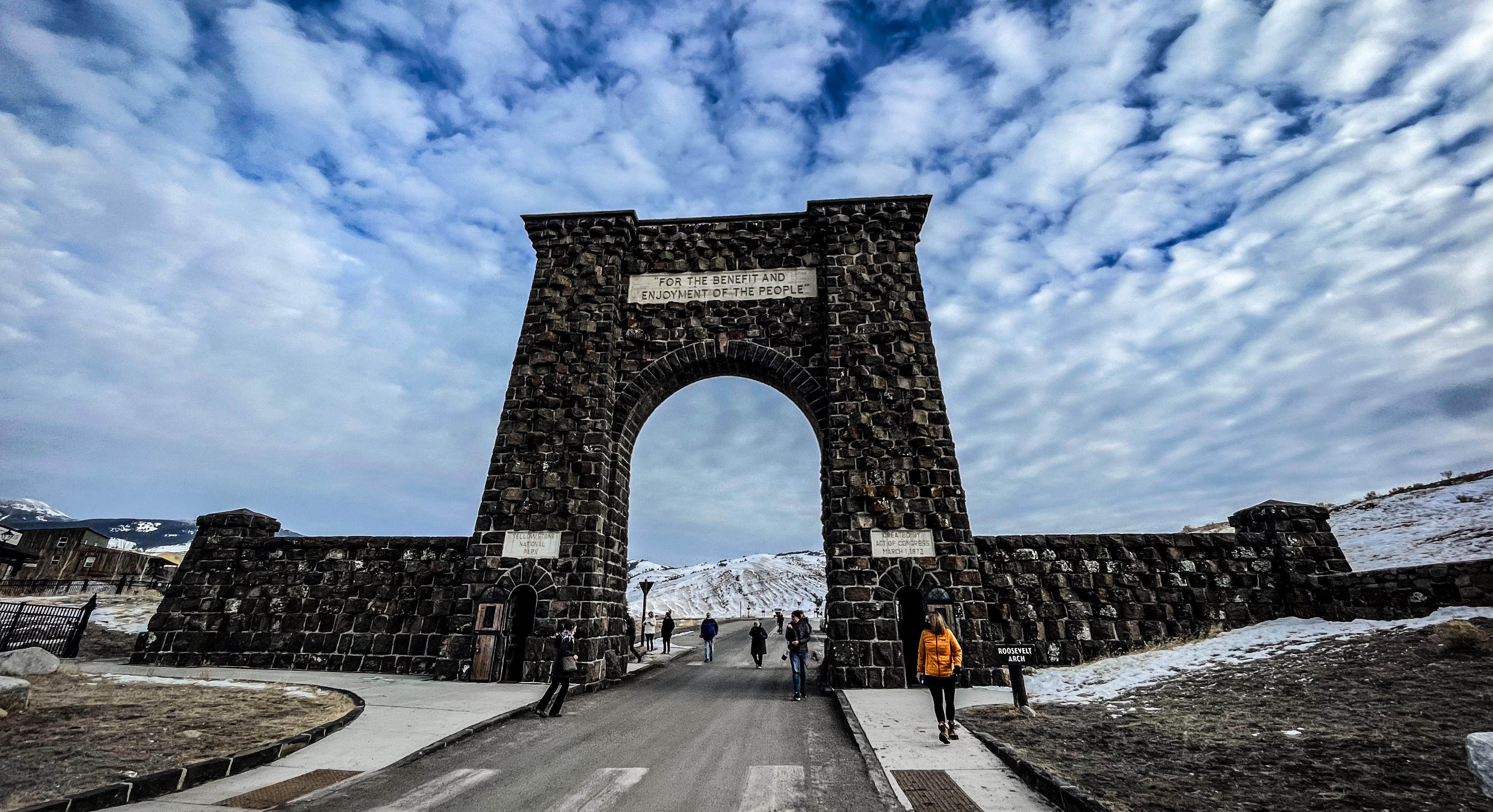
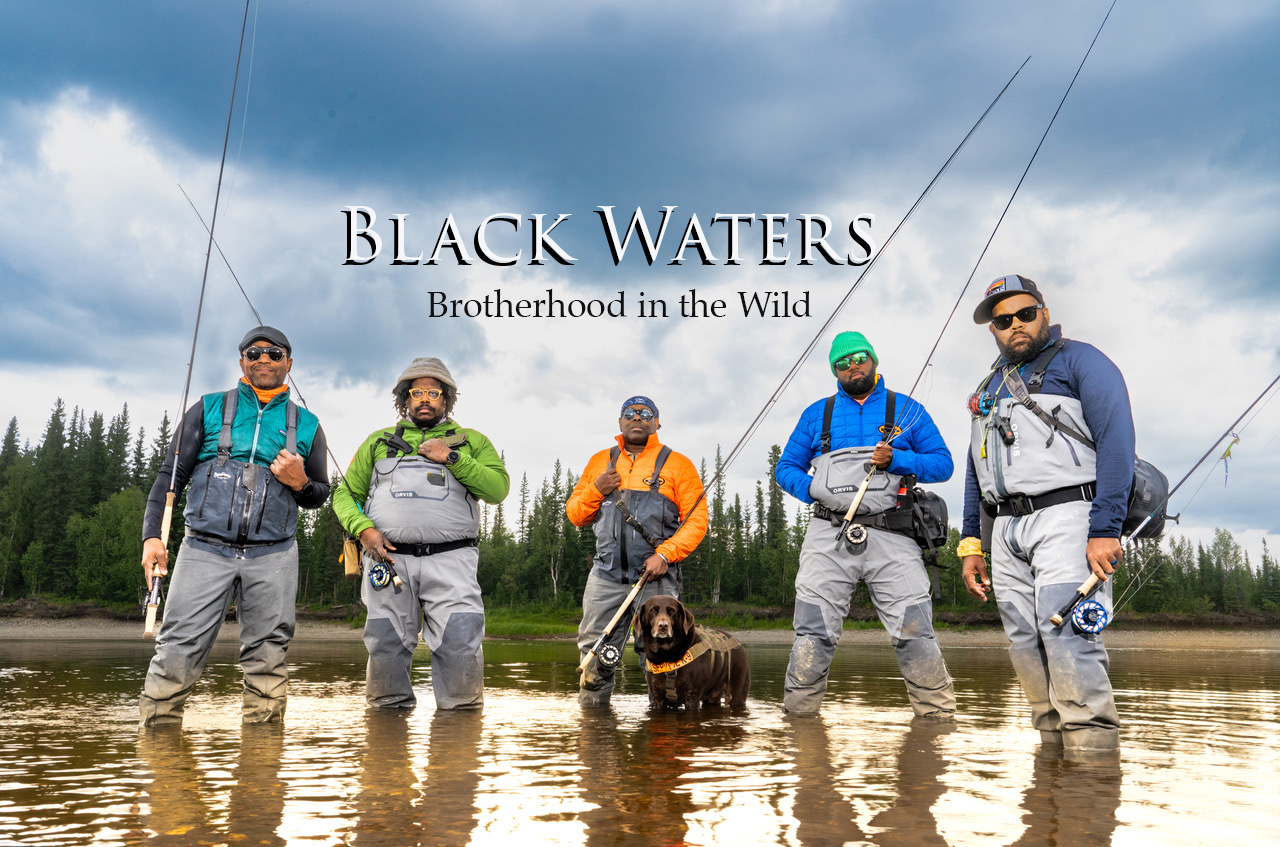
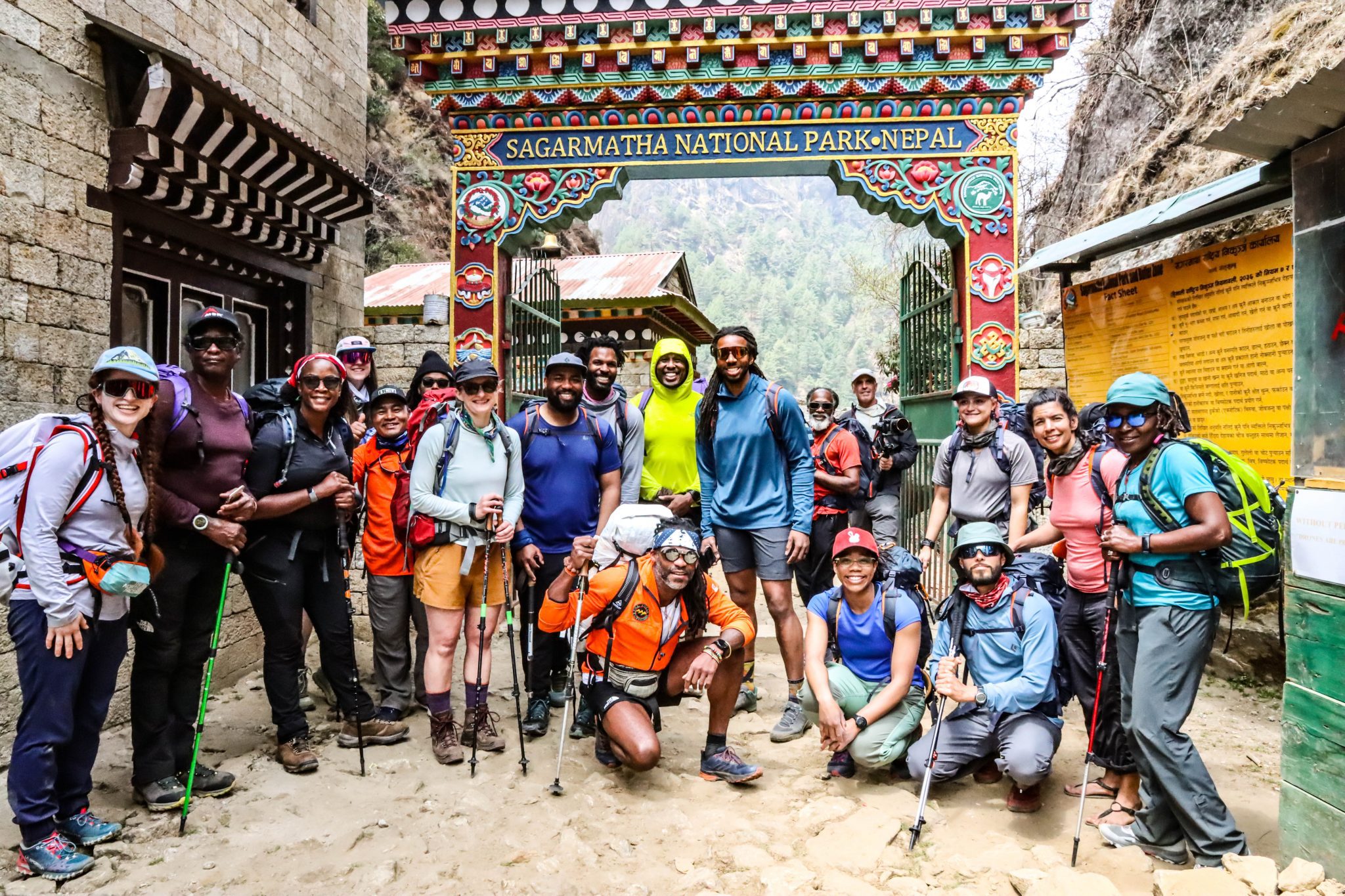
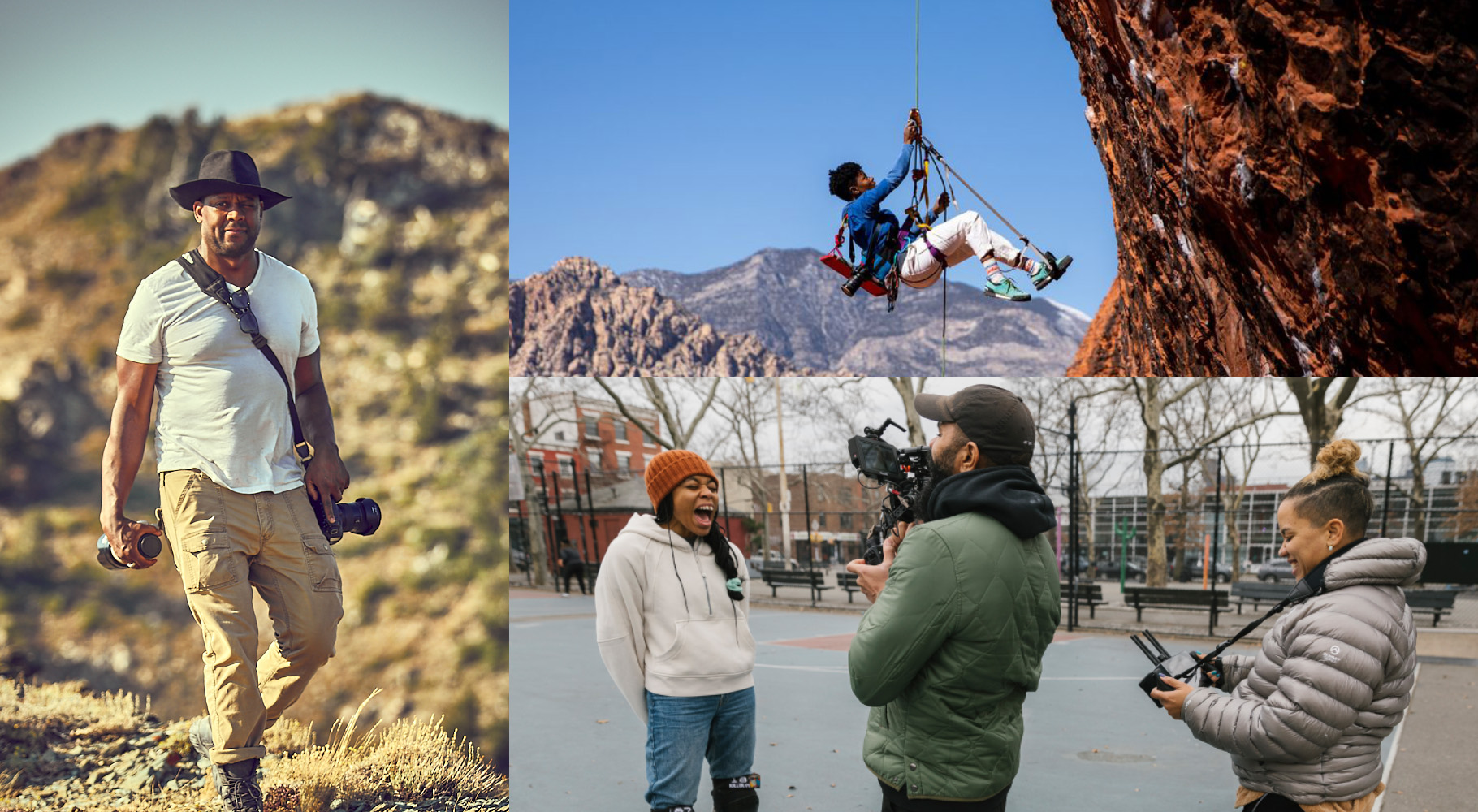
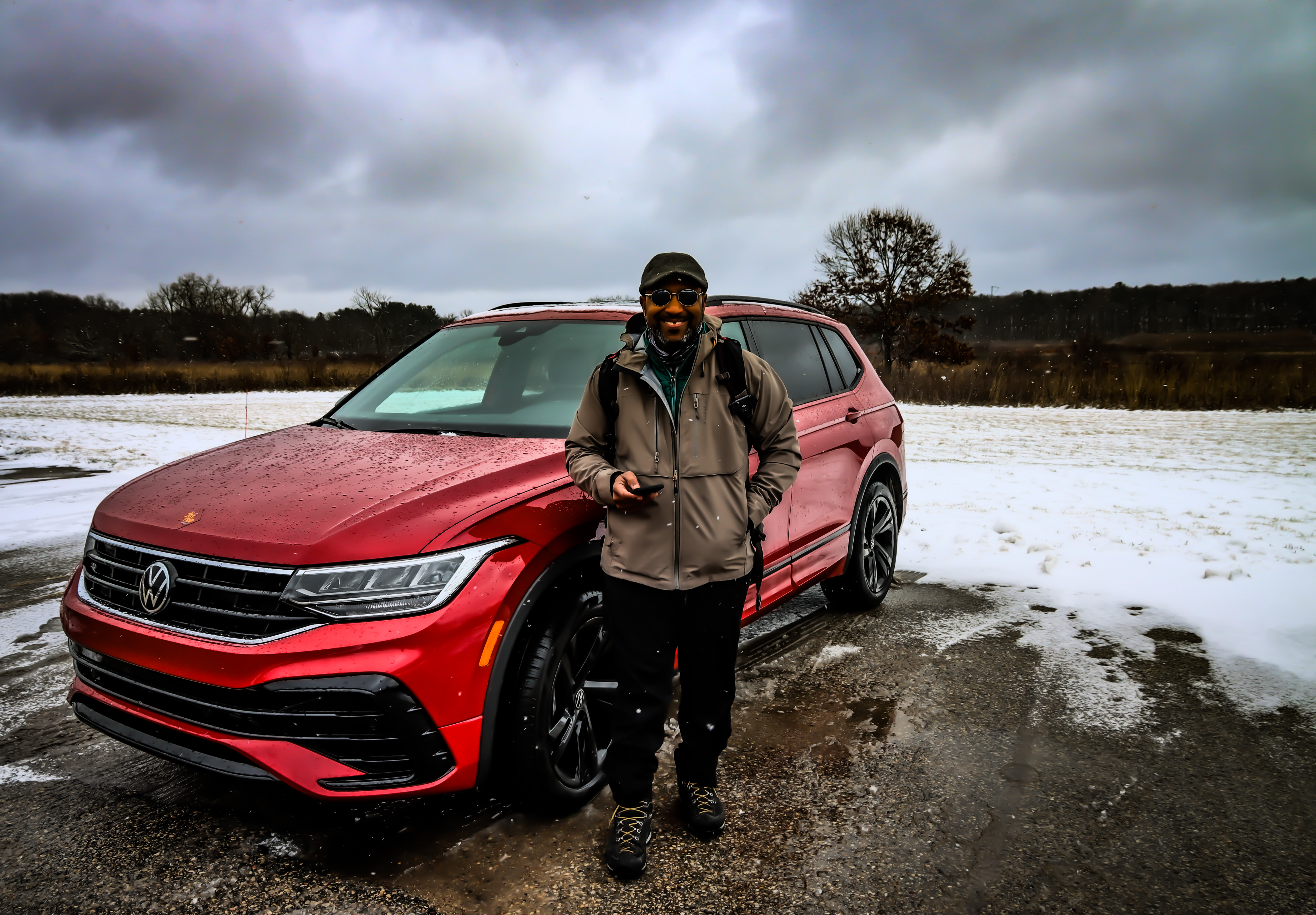

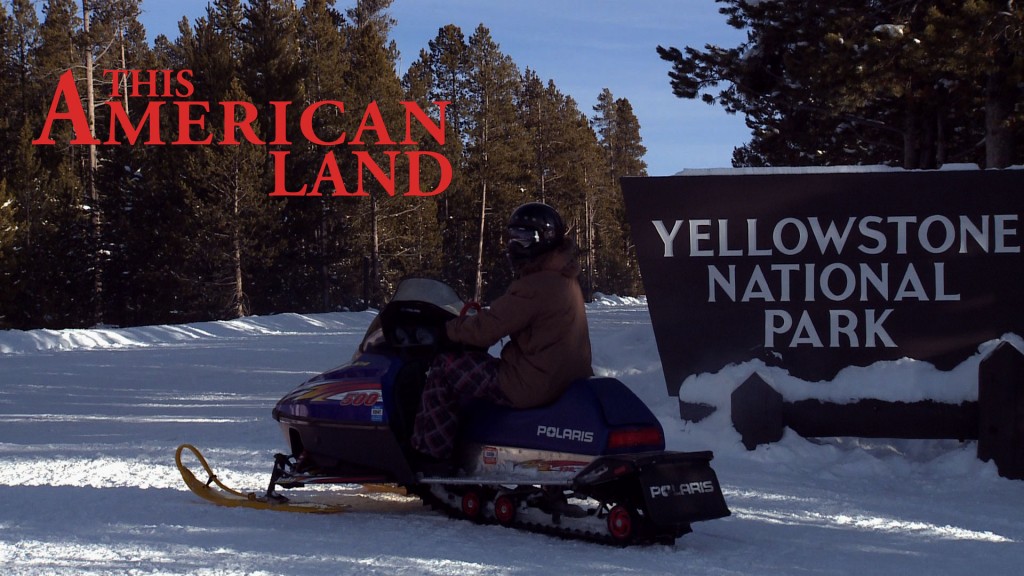 Yellowstone National Park has been described as a winter wonderland.
“We find that a lot of people from across the United States enjoy going into the park on snowmobiles, because ... you're out in the fresh air,” said Bill Howell, part owner of a local snowmobile and snowcoach tour company. “You get to see things on a snowmobile. With your guide you can stop and take pictures."
But conservation groups have been seeking to ban snowmobiles here for more than a decade. Even snowmobile enthusiasts now admit the machines became a problem in 1990s.
“The amount of machines and the amount of people going into the park skyrocketed, a lot more than I think anybody had ever predicted or thought would happen,’ Howell said. “And as a result it probably did get a little out of hand."
In this edition of This American Land we take a look at efforts to create a balance between the use of snowmobiles in Yellowstone and those who aim to limit motorized access to the park.
Yellowstone National Park has been described as a winter wonderland.
“We find that a lot of people from across the United States enjoy going into the park on snowmobiles, because ... you're out in the fresh air,” said Bill Howell, part owner of a local snowmobile and snowcoach tour company. “You get to see things on a snowmobile. With your guide you can stop and take pictures."
But conservation groups have been seeking to ban snowmobiles here for more than a decade. Even snowmobile enthusiasts now admit the machines became a problem in 1990s.
“The amount of machines and the amount of people going into the park skyrocketed, a lot more than I think anybody had ever predicted or thought would happen,’ Howell said. “And as a result it probably did get a little out of hand."
In this edition of This American Land we take a look at efforts to create a balance between the use of snowmobiles in Yellowstone and those who aim to limit motorized access to the park. Eight-year-old Savanna Lee is discovering wonderful things about the world around her. “I learned that there’s a whole bunch of stuff under the water,” she said, “things like bugs and beetles, not just fish. It’s exciting!”
A student at Glendale Elementary School in Madison, Savanna is among many local children that benefit from an environmental education program offered by the
Eight-year-old Savanna Lee is discovering wonderful things about the world around her. “I learned that there’s a whole bunch of stuff under the water,” she said, “things like bugs and beetles, not just fish. It’s exciting!”
A student at Glendale Elementary School in Madison, Savanna is among many local children that benefit from an environmental education program offered by the  Last year the only known wild jaguar in the United States was captured in a trap and euthanized by Arizona Wildlife authorities. The death of this big cat, called Macho-B, triggered a federal investigation that found violations of the procedures that are meant to protect endangered species.
But at the heart of this case are a number of federal wildlife protections that were tossed out in favor of the “
Last year the only known wild jaguar in the United States was captured in a trap and euthanized by Arizona Wildlife authorities. The death of this big cat, called Macho-B, triggered a federal investigation that found violations of the procedures that are meant to protect endangered species.
But at the heart of this case are a number of federal wildlife protections that were tossed out in favor of the “ For more than a year now it’s been my pleasure to bring you the stories behind the selfless causes of people trying to make the world a better place. The mission of the Joy Trip Project is to explore the lives of those who blend their passion for adventure with their desire to work for the benefit of others or toward the preservation of life on our planet. In my own way I hope that I have contributed to the success of their causes by bringing them to your attention and encouraging you to participate. So in the spirit of that mission I’m pleased to announce a new Joy Trip Project initiative.
On August 29, 2010 I will join a small group of climbers to ascend the summit of Mount Fuji in Japan. Organized by the non-profit
For more than a year now it’s been my pleasure to bring you the stories behind the selfless causes of people trying to make the world a better place. The mission of the Joy Trip Project is to explore the lives of those who blend their passion for adventure with their desire to work for the benefit of others or toward the preservation of life on our planet. In my own way I hope that I have contributed to the success of their causes by bringing them to your attention and encouraging you to participate. So in the spirit of that mission I’m pleased to announce a new Joy Trip Project initiative.
On August 29, 2010 I will join a small group of climbers to ascend the summit of Mount Fuji in Japan. Organized by the non-profit
You must be logged in to post a comment.